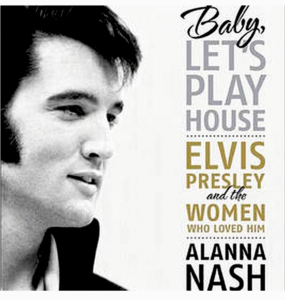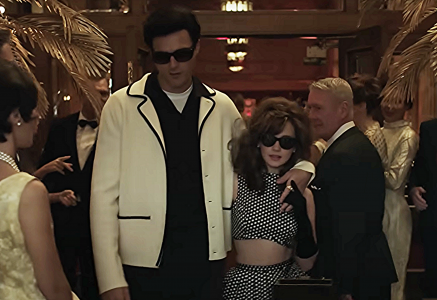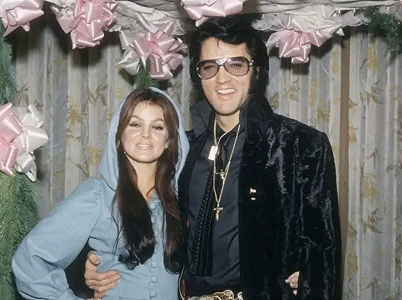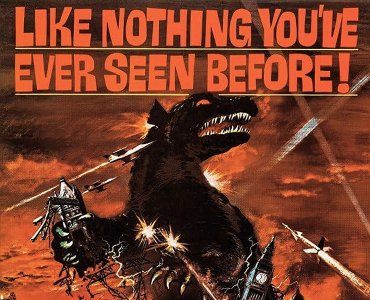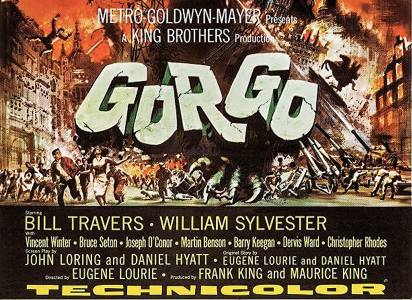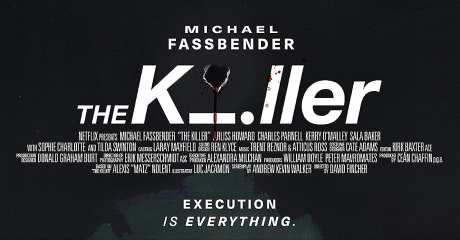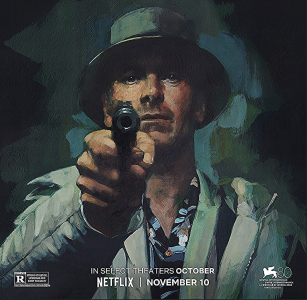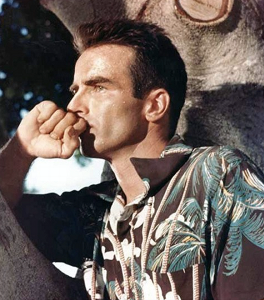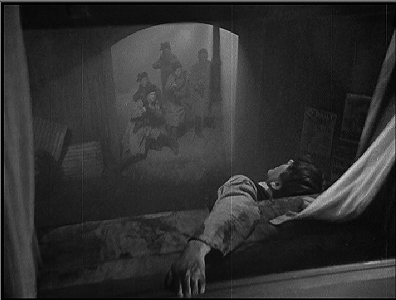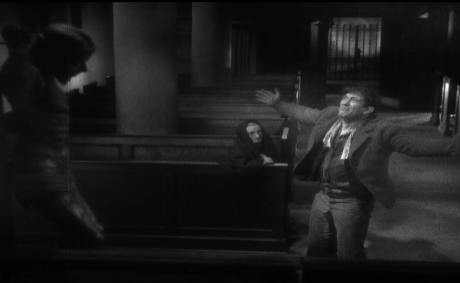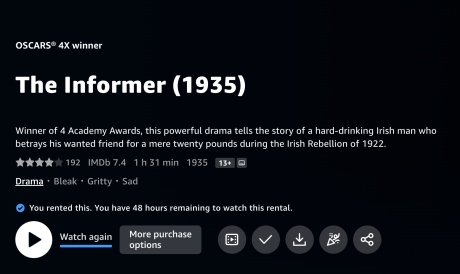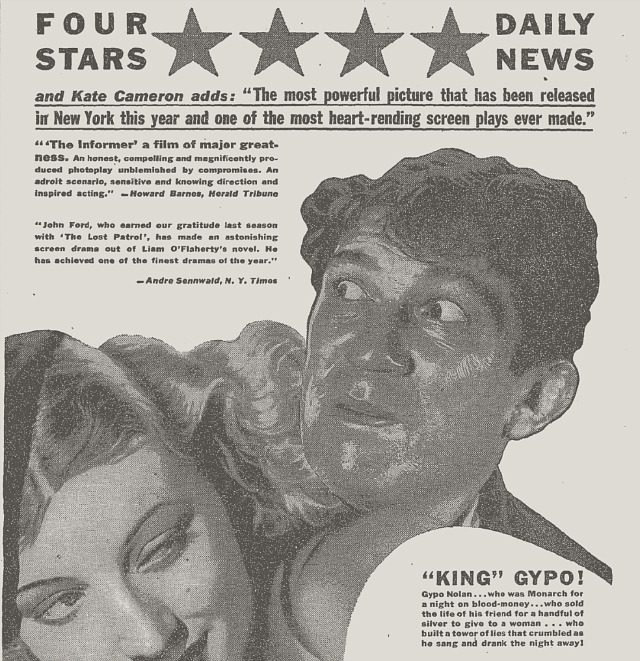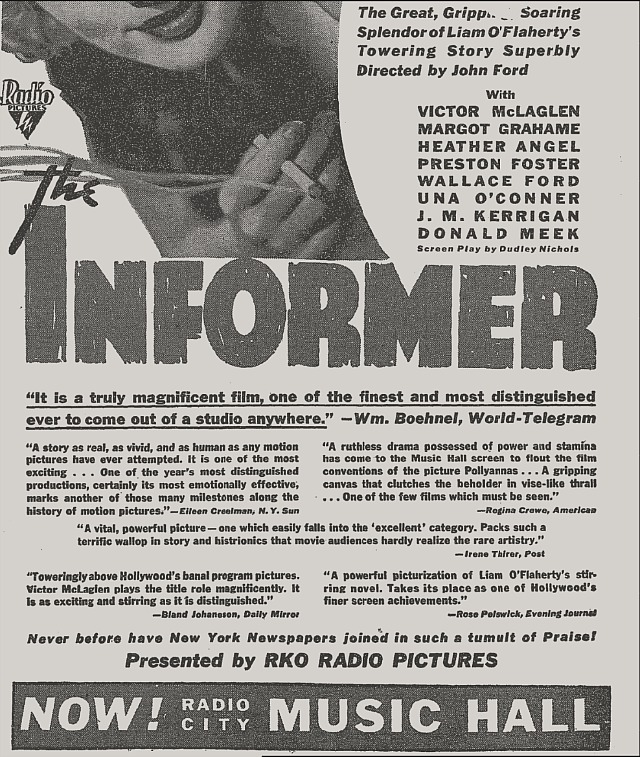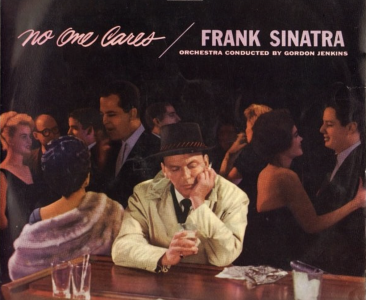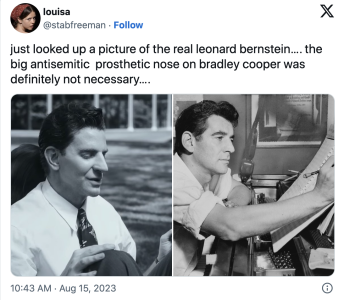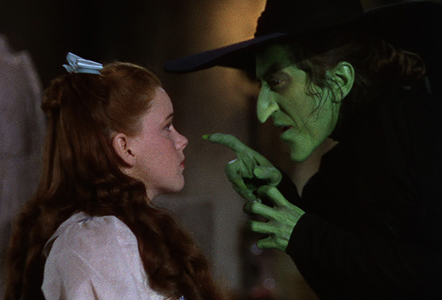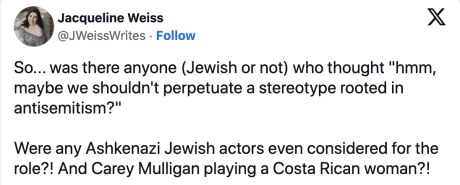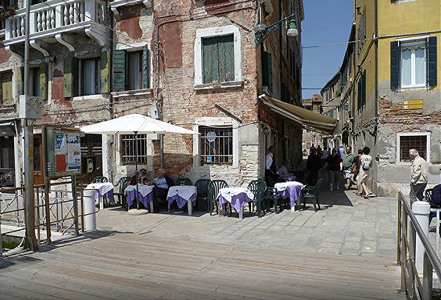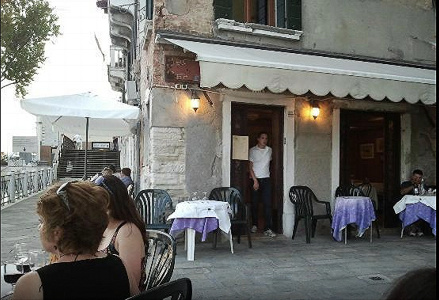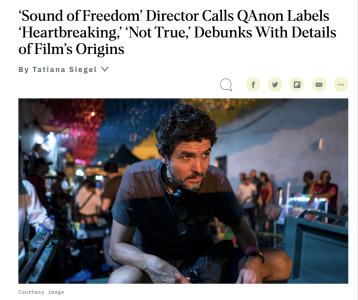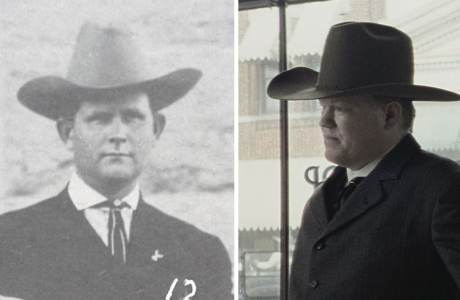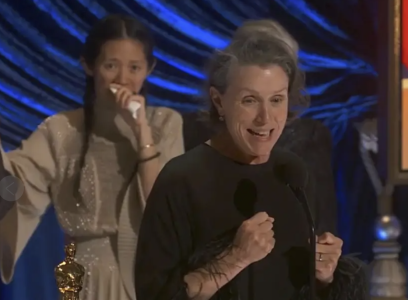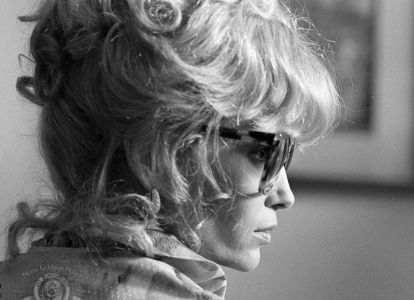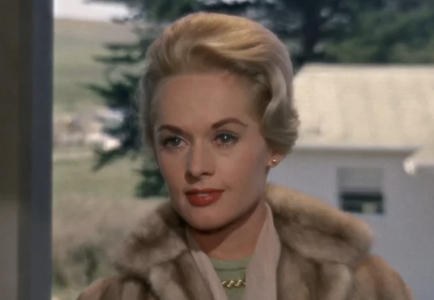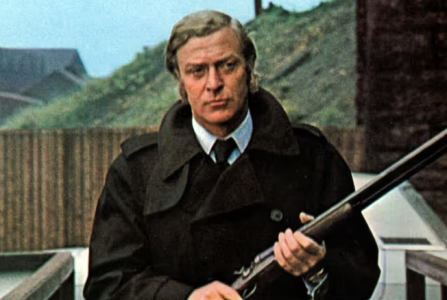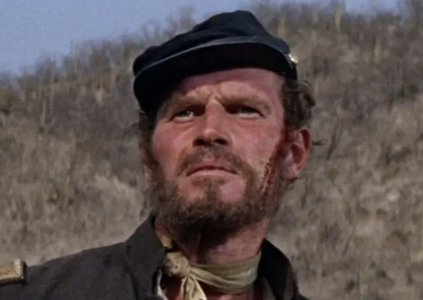There’s a new Rebecca Keegan THR article about Sofia Coppola‘s Priscilla (A24), and the support she got from Priscilla Presley, whose life with Elvis Presley from age 14 to 24 (barely pubescent girlfriend to wife-mother) is the subject of the film.
Repeating for emphasis, the article says that the Tinkerbell-sized (4’11”) Cailee Spaeny plays Priscilla “from age 14 to age 24.”
In other words Coppola’s film omits the last three years of Elvis and Priscilla’s strained and occasionally tempestuous relationship (they separated in February 1972 and divorced the following year), not to mention Presley’s untimely death in August ’77.
Priscilla wasn’t around at the time, of course, but c’mon…it’s about her long relationship with Presley and Coppola ignores his death, which happened only four years after their 1973 divorce?
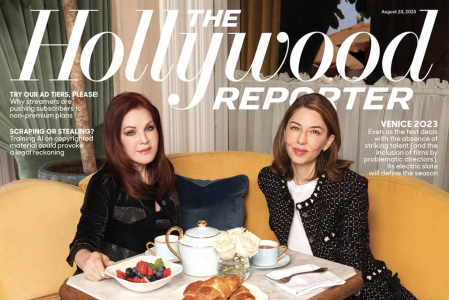
To go by Keegan, the film’s 14-year saga happens between Priscilla’s first meeting with Elvis in 1959 at a party in Germany (she was born in May 1945) and sometime in mid 1969, or roughly two years after their Las Vegas wedding on 5.1.67. Exactly nine months later the now-deceased Lisa Marie Presley was born (2.1.68).
A few weeks or months later Priscilla “began taking private dance lessons” while the constantly-catting-around Elvis was filming Live a Little, Love a Little (released on 10.23.68), and she fell heavily for the instructor, identified only as “Mark” in Priscilla’s “Elvis and Me.” They did the nasty but not for long.
Priscilla had another, longer-lasting affair with Afro-haired karate instructor Mike Stone in ’72, but that, apparently, was after her separation from Elvis. There was apparently some back-and-forth, some push-pull variance of feeling. Presley forcefully had sex with Priscilla after he got wind of the Stone affair, or something like that. They did, however, divorce the following year. And yet they were seen holding hands after it was finalized.
The forceful-sex story seems to contradict reports that Elvis declined to have sex with Priscilla after Lisa Marie’s birth. (He apparently had some kind of bizarre hangup about mothers being used goods.) As many Presley biographers have reported, Elvis was totally into jailbait, or young teens starting around the age of 14.
All in all, Coppola’s film bypasses a lot of dramatic potential. It doesn’t even include their separation and divorce…c’mon.
Keegan’s story ends with this paragraoh: “[Last] May, Coppola screened the film for Priscilla. ‘When I saw the movie, I tried to separate myself and live it as if I was just a fan or just someone that’s wanting to see the movie,’ she says. ‘At the end, I actually…I was quite emotional. Only being 14. You look back and you go, ‘Why me? Why am I here? Why am I driving in a limo, going through the gates of Graceland with Elvis?’”
She meant that? Priscilla, 78, knew who Elvis was as well as his many biographers, and she was actually wondering why she was being driven through the gates of Graceland at age 14 or 15 or whenever it was?
It goes without saying that Keegan never mentions the bizarre 18-inch height disparity between Spaeny and Jacob Elordi, who plays Elvis in Coppola’s film.
The real-life Elvis and Priscilla were separated by eight inches of height — Elvis was 6’0″ and Priscilla was (and presumably still is) 5’4″. But in the film, the former Priscilla Beaulieu (later Presley) is played by the 59-inch-tall Spaeny (roughly the size of a ten-year-old) and Elvis is played by the 77-inch-tall Elordi.
